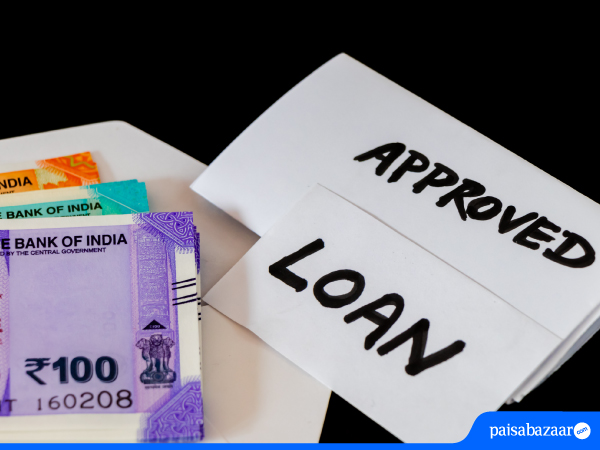The interest rates of personal loans offered by banks and non-banking financial companies (NBFCs) vary widely depending primarily on their cost of funds, net interest margins and the internal risk assessment of their loan applicants’ credit profiles. Moreover, the eligibility conditions for availing personal loans can vary widely across lenders on the basis of their credit risk assessment and the applicants’ credit profile. This makes the task of selecting a personal loan lender difficult for consumers.
Here are some important factors that loan applicants should consider while selecting the right personal loan lender:
Compare the interest rates offered on personal loans by multiple lenders
Many banks/NBFCs offer personal loans at preferential rates of interest to their existing customers as they already have the necessary details related to their credit profile. Therefore, prospective borrowers should first check the interest rates offered by their existing banks/NBFCs with whom they maintain loans, deposit accounts or credit cards. They can use the interest rates and other loan features offered by their existing lenders as a benchmark to compare with the personal loan interest rates offered by other lenders. Prospective borrowers should also visit online financial marketplaces to compare the interest rates on personal loans offered by other lenders based on their credit profiles. Note that many lenders also offer personal loans at lower rates of interest to applicants having higher credit scores. Similarly, some lenders also offer interest rate concessions on their personal loans during festive seasons.
Compare processing fees and other charges of multiple personal loan lenders
Banks and NBFCs usually levy additional charges on personal loans like processing and login/administration fees, part prepayment or foreclosure charges, cheque bounce charges, penalties on late payment of EMIs, etc., which increases the overall borrowing costs. Processing fees is a major expense for personal loan borrowers. Lenders usually charge anywhere between 0.5% and 4% of the loan amount as processing fees. However, some lenders cap the processing fees on their personal loan schemes irrespective of the loan amount. Some lenders also waive off processing fees during festive seasons.
Compare the personal loan prepayment/foreclosure fees
Personal loan applicants should also consider the part-prepayment or foreclosure charges levied by lenders while evaluating their personal loan schemes. According to the RBI’s regulations on part-prepayment or foreclosure, banks cannot levy part-prepayment/foreclosure charges on floating interest rate personal loans. However, no such restrictions are applicable for lenders offering fixed interest rate personal loans. Some lenders allow personal loan foreclosure/prepayment only after they repay a predetermined number of EMIs. Therefore, prospective borrowers looking to prepay their personal loans in future should compare the part-prepayment or foreclosure charges and related restrictions before applying for a personal loan scheme.
Check the turnaround time for personal loan disbursal
Lenders offering personal loans usually take between 4 to 7 days to disburse the loan applications. However, with many banks and NBFCs making their onboarding process 100% digital, the loan processing and disbursal have become faster for digital personal loans compared to personal loans availed through offline channels. Many lenders also offer pre-approved personal loans to their select existing customers having good credit profiles, with disbursal within the same day of making the loan application. Therefore, prospective applicants should check and compare the turnaround time for loan disbursal of multiple lenders before making the final loan application, especially if they require these funds to meet urgent financial shortages or exigencies.
